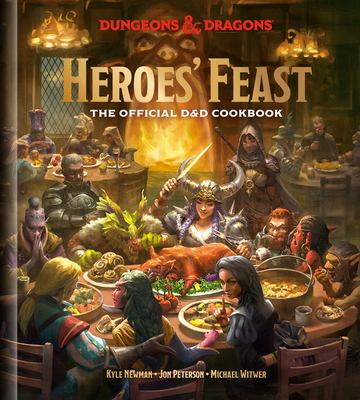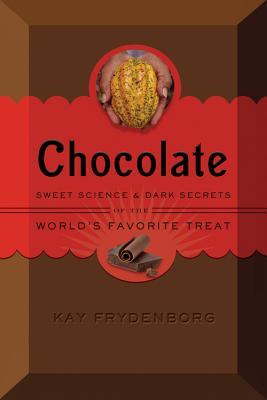Back in March, I made a post about some of the nerdy cookbooks we have in our collection here at VPL. Since then, we’ve added more, and there were options that I just didn’t mention the first time around. The last time around, I highlighted some books that did a little of everything and a couple that focused on gaming. This time I’ve ended up with two based on shows and one on… kind of a show? More of a personality. But before I launch into the full three-course meal, let’s start with some hours-d’oeuvres, the books that either didn’t make it to me in time or that I just feel need a quick mention.
First up, the one that didn’t make it: Heroes’ Feast, the official Dungeons & Dragons Cookbook. Would I have wanted to make some halfling dishes? Maybe find out what Dragonborn eat? Or try some cuisine eaten by Drow in the Underdark? Whatever I would have made would likely spice up a game night. If you’re a D&D fan, throw a hold on this and roll your percentile dice to see what recipe you should cook from it.
Continue reading
